The current season of raisins production started in the second decade of August 2021 and it will last until the end of September in Uzbekistan, EastFruit experts report. The season for drying grapes and producing raisins is in full swing now.
Raisins are Uzbekistan’s top export position in the dried fruit category, as well as fresh grapes in the fresh fruit category in terms of export earnings. In 2017-2019 the export volumes of dried grapes from the country ranged from 69 thousand to 78 thousand tons per year, amounting from $ 59 million to $ 105 million. In 2020, the exports of raisins decreased to 42 thousand tons, and the revenue fell to $ 55 million.
Why did the exports of Uzbek raisins decrease in 2020? What factors affect the quality of raisins and how exactly are they produced in Uzbekistan? Zokir Bobokulov, a farmer from the Samarkand region with thirty years of experience in viticulture and raisin production and a higher education in agriculture, spoke in detail about this and other important features of drying grapes and the raisin market in Uzbekistan in an interview with EastFruit.

– What grape varieties are used for the production of raisins?
– In general, raisins can be made from both grapes with seeds and seedless varieties. Now they are produced mainly from the seedless grape variety “Kish-mish”. At the same time, the so-called “black raisins” produced from “Black kish-mish” are the most popular and have a sweet taste without sourness. Yellow raisins with a brown tint are made from “White kish-mish” and have a sweet and sour taste. The market size of such raisins is significantly smaller compared to black raisins. It is used as an ingredient for wedding pilaf, a component for fruit and nut mixes (for example, muesli) and in the confectionery industry.
Raisins from grapes with seeds have gradually disappeared from the diet of consumers over the past several decades. Currently, the demand for them is very low, so such raisins are rarely sold.
– How is the start of the raisin production season determined and what determines the quality?
– Firstly, in order to obtain high-quality raisins, the glucose content in grapes, the raw material, should be 25-30%, or not less than 20%. For this, grapes must reach their required accumulated temperature during the ripening period. In Uzbekistan, this stage of maturation of the Kish-mish variety is reached no earlier than August, although it becomes available on the fresh market much earlier.
Depending on different weather every year, grapes acquire the necessary properties, i.e. ripen to produce quality raisins on different dates of the month. Summer was hotter and drier in Uzbekistan this year compared to the annual average for this time of year. Accordingly, “Kish-mish” for raisins has ripened earlier than last year. In 2021, the raisin production began in mid-August, about 10-15 days earlier than 2020.
Secondly, the suitability of grapes for raisins production and the quality of the final product depends on how timely and properly the agrotechnical measures were carried out, including pruning, watering, fertilizing, protection from cold weather, pests and other work throughout the year. For example, due to the hot and dry summer of 2021, in many regions of Uzbekistan, there was a problem for growers who did not properly carry out all the works and did not provide appropriate care and nutrition to plants. As a result, their harvest is either unsuitable as raw material for raisins or cannot be used to obtain high-quality raisins.
In other words, the quality of raisins depends not only on the ripening conditions of the grapes (glucose content, accumulated temperature), but also on the whole process of growing grapes.
– Please tell us about the main stages and features of the production of raisins in Uzbekistan.
– Here I would like to return to the question of ripening grapes for the production of raisins. Above, I stipulated that in order to obtain high-quality raisins, the glucose content in grapes should ideally be 25-30%, but not less than 20%. The closer the glucose content is to the ideal value, the greater is the yield of the final product. For example, with the minimum required glucose content in fruits, from 5 kg of grapes you get 1 kg of raisins, and with an ideal glucose content – from 3 kg of grapes you get 1 kg of raisins.
The question arises – why not wait for grapes to ripen to the required glucose content in order to get a higher yield of the final product?
The fact is, according to traditional technology, grapes are dried in natural conditions in the open air, without the use of special rooms and equipment. In such natural conditions, warm, windy and dry weather is needed to obtain high-quality raisins. Since the raisin production season starts in August, the later you harvest grapes, waiting for perfect ripening, the greater is the risk of temperature changes and precipitation, which in turn changes the drying conditions for the worse. In other words, the longer you wait, the closer you get to unpredictable autumn weather. Therefore, in order to minimize weather risks, the harvest of grapes for raisins production starts when Kish-mish grapes reach the minimum required level of glucose.
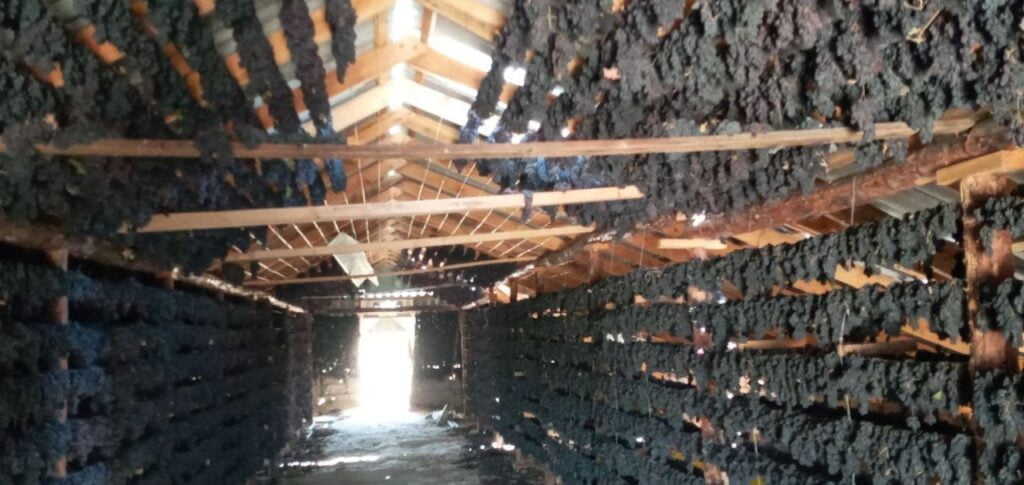
Drying raisins indoors
Since grapes for raisins are harvested for several weeks, the glucose content gradually increases with each harvest and towards the end of this period, the raw material already contains the required glucose level. Thus, the average yield of the final product is 1 kg of raisins from about 4 kg of grapes.
As for the drying technology, two methods are used in Uzbekistan: the first – under a canopy or in a well-ventilated room and the second – under the open sky.
With the first method, we get the so-called “soyak mayiz”, which means “raisins obtained in the shade” or “shade raisins”. Here, warm and dry wind is important. Not later than the next day after harvest, bunches of grapes are hung on horizontal slats under a canopy or indoors. In the case of indoors, it must be ventilated from all sides. With this method, the drying time is 30-40 days. The raisins obtained in this way are soft and have greater elasticity compared to those made under the direct sunlight.
The second method is drying in the open air in direct sunlight. After harvesting, bunches of grapes are laid out in one layer, without pressing them together, so that they get better ventilation. Drying lasts from 15 to 25 days, depending on the air temperature.
For both production methods, grapes in bunches must be loose, otherwise they are poorly ventilated, and this will negatively affect the quality of raisins.
At the end of the drying stage, the dried bunches of grapes are collected in a heap. Grapes dried in the shade and those dried in the sun are stored separately. They are not mixed, since they are different subvarieties of the same product. Then the dried fruits are manually separated from each bunch.
The final stage of raisins production is sorting. Since bunches of grapes of the Kish-mish variety contain large, medium and small fruits, after drying and separating the dried fruits from the bunches we have dried fruits of different sizes. The sorting is made by size, manually. At the end, we have about three or four varieties of raisins, sorted by size.
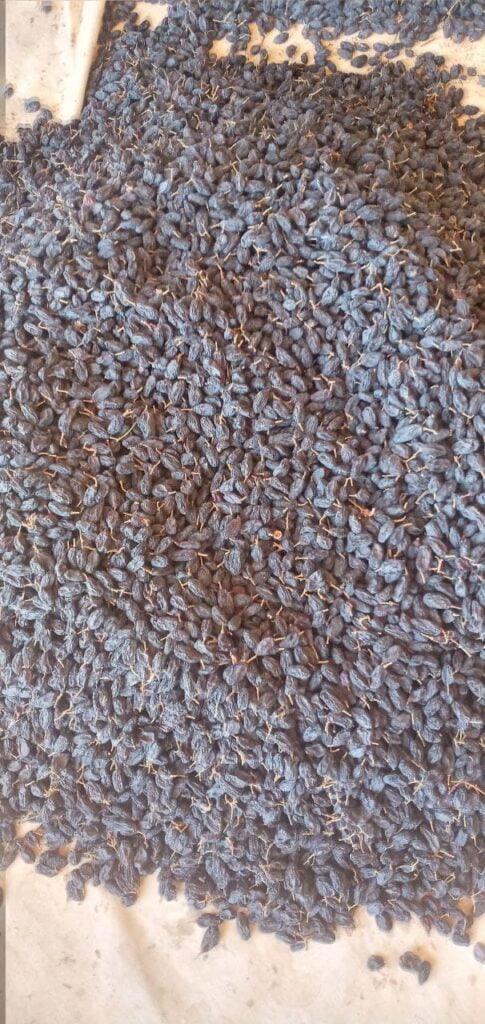
Raisins before sorting
Accordingly, 1st grade – the largest caliber is sold at the highest price, 2nd grade – at the middle price category, 3rd grade – at the lowest prices. As you might guess, the higher the percentage of large caliber raisins, the more profit the raisin producer has.
Here I want to emphasize once again the importance of the quality of raw materials for the production of raisins, i.e. obtaining a grape harvest with the highest percentage of large berries and an appropriate density in the bunch. And for this you need to invest labor, money and carry out all the necessary agrotechnical measures during the entire period of growing grapes.
With slight differences, all producers in the country use the technology that I briefly described.
– Have you ever used special drying chambers or other equipment at any stage of raisin production?
– As far as I know, there are no drying chambers and other equipment for it. During the drying phase, I tried to use equipment originally intended for other purposes as a dryer. But the quality of the raisins is different from those dried in natural conditions.
– How long is the trading season for raisins?
– One year – from September to September each year. For example, in the second half of September we will start selling raisins produced from the grape harvest of 2021 to wholesalers, and this season will last until the raisins from the new 2022 grape harvest come to the market – until September next year.
– How do the stocks of raisins from previous years affect the prices of raisins from the current year’s grape harvest?
– Last year’s stocks of raisins have little effect on the pricing of the new raisins, because as soon as raisins from a new grape harvest enter the market, last year’s raisins move into a different category and are considered to be of lower quality than new ones. The quality of raisins changes with time, the internal mass becomes thicker and they lose their commercial properties.
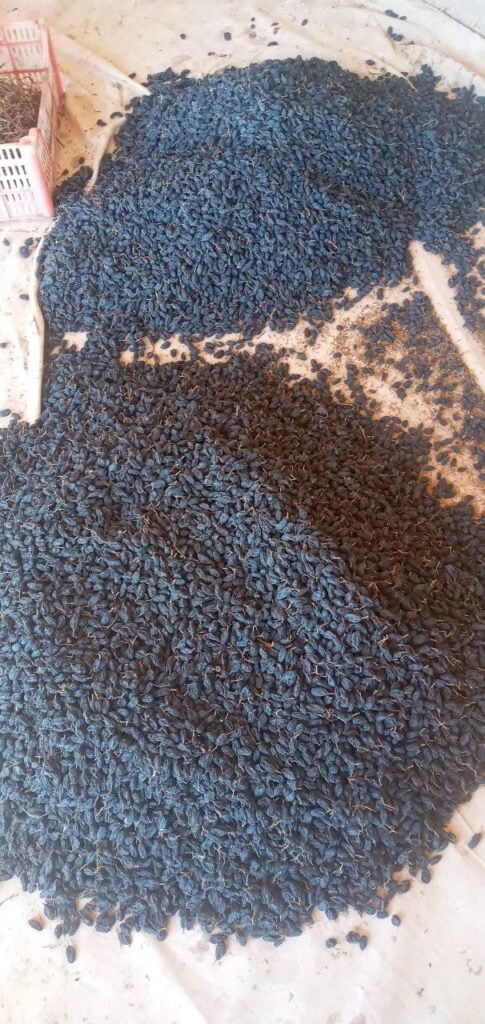
Raisins before sorting
– In your opinion, what are the reasons for such a sharp decline in the volume of raisins exports from Uzbekistan in 2020?
– The rains in early August 2020, in the last weeks of ripening of the Kish-mish variety for the production of raisins, led to cracking of fruits in several regions of the country. Producers that managed to apply sulfur treartments on time, were able to save most of the harvest. However, the production of raisins has decreased by 20-30%. There were even fewer quality raisins available for exports. Accordingly, prices for high-quality raisins have risen sharply.
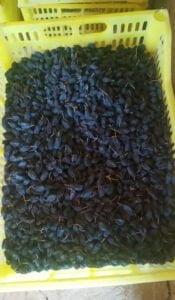
Raisins from the new grape harvest
According to EastFruit, Uzbekistan was one of the four largest exporters of raisins in the world after Turkey, Iran and the United States in terms of export volumes until 2020. However, the average export prices for Uzbek raisins was relatively low, therefore, in terms of the volume of raisin export revenues, Uzbekistan was also inferior to Chile and South Africa, being the sixth in the world.
The development of logistics and technologies for growing and preserving the quality and freshness of fruits is gradually leading to the replacement of dried fruits with fresh fruits in the diet of consumers around the world. The global trade in fresh fruit is growing, while the trade in dried fruit is stagnating and tending to decline. Accordingly, the raisin market is also going through hard times. However, quality products in this category will always be in demand.
The use of the site materials is free if there is a direct and open for search engines hyperlink to a specific publication of the East-Fruit.com website.




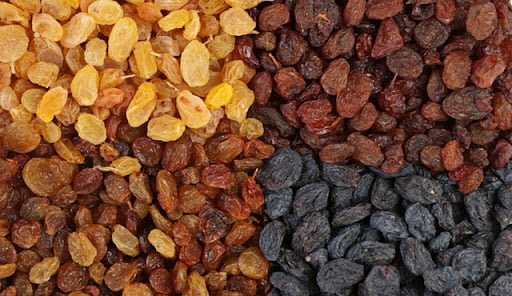
1 comment